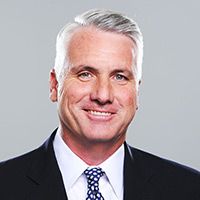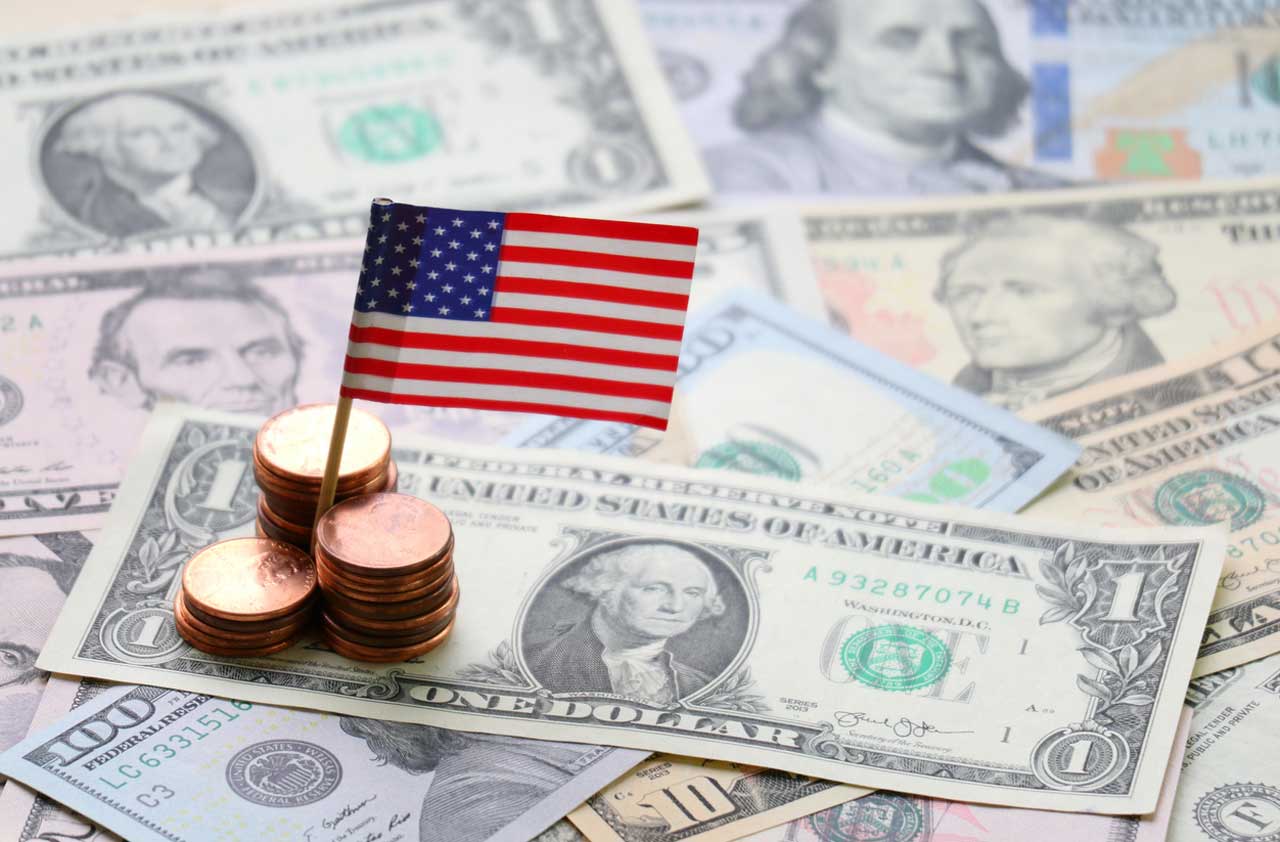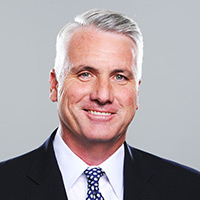Trump-like Executive Actions to Take for Your Portfolio
Model President Trump and take your investments into your own hands to make them great again. Three steps to consider.


During his inaugural address, President Donald Trump said, “From this day forward, it's going to be only America first.”Like his campaign slogan, Make America Great Again, this call to action resonated with a particular segment of Americans who want lower taxes, more jobs and less political corruption. Trump started this work by signing a host of executive orders in the first month of his presidency.
Politics aside, is there a lesson to learn from Trump about how to better your own financial life?
It’s time to make your portfolio great again
Executive actions are directives presidents gives to the federal government and related agencies regarding politics and policy. Similarly, make sure to direct your financial future by emphasizing safety, security and control in your portfolio.
From just $107.88 $24.99 for Kiplinger Personal Finance
Become a smarter, better informed investor. Subscribe from just $107.88 $24.99, plus get up to 4 Special Issues

Sign up for Kiplinger’s Free Newsletters
Profit and prosper with the best of expert advice on investing, taxes, retirement, personal finance and more - straight to your e-mail.
Profit and prosper with the best of expert advice - straight to your e-mail.
1. Aim for safety
President Trump aims to secure U.S. borders including building a wall along the border with Mexico to “make America safe again.”
How can you do the same for your portfolio?
- Enforce boundaries between investments. Don’t let bonds with creeping correlations to stocks hold your portfolio back. Empower your investments with a healthy dose of true diversifiers, investment strategies that historically lowered risk and increased returns in declining markets.
- Stop chasing diversification for diversification’s sake. Ensure your portfolio has a blend of passive and active investments—stocks, bonds and alternative investments—to be well positioned in all market conditions.
2. Amp up security
Promising a strong America abroad, the president has promised to spend whatever is necessary to empower the military and improve national security.
Securing your portfolio requires a handful of actions that should make you much more than you spend:
- Rebalancing is key. Taking a moment once a year to reinvest your earnings from high-performing assets into underperforming ones balances risk in your portfolio.
- Look for quality. Security is often related to quality. Most people know to ask about the investment strategy and track record. Few go the extra step to find out if the money manager invests in his own strategy.
3. Stay in control
There’s no doubt President Trump likes control over his message. On Day One, he got a secure smartphone and is even keeping his personal Twitter rather than defaulting to the @POTUS handle.
Keep control of your investments by actively:
- Controlling emotions. Both fear and greed rob you of returns. Sticking to a long-term plan and staying out of the fray of day-to-day market movements can help investors do what they instinctively know is right – buy low and sell high.
- Finding the right partner. Whether that be a robo-adviser, a flesh-and-blood financial adviser or a trusted money manager, the average investor would do well to have an expert help them craft a financial plan.
Don’t let events happening around you dictate your financial legacy. Instead, move forward, take executive action and make your financial future great again.
Stephen Scott is an alternatives and hedge fund investment veteran, with more than 25 years of experience in due diligence, risk management and index construction.
Profit and prosper with the best of Kiplinger's advice on investing, taxes, retirement, personal finance and much more. Delivered daily. Enter your email in the box and click Sign Me Up.

Stephen Scott is an alternatives and hedge fund investment veteran, with more than 25 years of experience in due diligence, risk management and index construction.
-
 It's Beginning to Look a Lot Like a Santa Rally: Stock Market Today
It's Beginning to Look a Lot Like a Santa Rally: Stock Market TodayInvestors, traders and speculators are beginning to like the looks of a potential year-end rally.
-
 The 2026 Retirement Catch-Up Curveball: What High Earners Over 50 Need to Know Now
The 2026 Retirement Catch-Up Curveball: What High Earners Over 50 Need to Know NowUnlock the secrets of the 2026 retirement catch-up provisions: A must-read for high earners aged 50 and above.
-
 How Much a $100K Jumbo CD Earns You
How Much a $100K Jumbo CD Earns YouYou might be surprised at how fast a jumbo CD helps you reach your goals.
-
 A Financial Planner Takes a Deep Dive Into How Charitable Trusts Benefit You and Your Favorite Charities
A Financial Planner Takes a Deep Dive Into How Charitable Trusts Benefit You and Your Favorite CharitiesThese dual-purpose tools let affluent families combine philanthropic goals with advanced tax planning to generate income, reduce estate taxes and preserve wealth.
-
 A 5-Step Plan for Parents of Children With Special Needs, From a Financial Planner
A 5-Step Plan for Parents of Children With Special Needs, From a Financial PlannerGuidance to help ensure your child's needs are supported now and in the future – while protecting your own financial well-being.
-
 How Financial Advisers Can Best Help Widowed and Divorced Women
How Financial Advisers Can Best Help Widowed and Divorced WomenApproaching conversations with empathy and compassion is key to helping them find clarity and confidence and take control of their financial futures.
-
 A Wealth Adviser Explains: 4 Times I'd Give the Green Light for a Roth Conversion (and 4 Times I'd Say It's a No-Go)
A Wealth Adviser Explains: 4 Times I'd Give the Green Light for a Roth Conversion (and 4 Times I'd Say It's a No-Go)Roth conversions should never be done on a whim — they're a product of careful timing and long-term tax considerations. So how can you tell whether to go ahead?
-
 A 4-Step Anxiety-Reducing Retirement Road Map, From a Financial Adviser
A 4-Step Anxiety-Reducing Retirement Road Map, From a Financial AdviserThis helpful process covers everything from assessing your current finances and risks to implementing and managing your personalized retirement income plan.
-
 The $183,000 RMD Shock: Why Roth Conversions in Your 70s Can Be Risky
The $183,000 RMD Shock: Why Roth Conversions in Your 70s Can Be RiskyConverting retirement funds to a Roth is a smart strategy for many, but the older you are, the less time you have to recover the tax bite from the conversion.
-
 A Financial Pro Breaks Retirement Planning Into 5 Manageable Pieces
A Financial Pro Breaks Retirement Planning Into 5 Manageable PiecesThis retirement plan focuses on five key areas — income generation, tax management, asset withdrawals, planning for big expenses and health care, and legacy.
-
 4 Financial To-Dos to Finish 2025 Strong and Start 2026 on Solid Ground
4 Financial To-Dos to Finish 2025 Strong and Start 2026 on Solid GroundDon't overlook these important year-end check-ins. Missed opportunities and avoidable mistakes could end up costing you if you're not paying attention.